Table of Contents
Interior Design Basic Concepts
Interior design is not just a profession; it is a way of life. It is a beautiful art form that enables interior designers to share their creativity to reflect the personality of the homeowner.
Every home is unique in its appeal, partly owing to the massive turnover of real estate which is up to 150% since the turn of this year alone. Each home design, especially in a bustling city like New York reflects the decreasing square footage to accommodate more people. Thus, homeowners are required to adjust their design plans to fit the altering floor plans. That’s where interior design comes into the picture.
Interior decorators have a keen sense of style and understand the aesthetic value of symmetrical and asymmetrical balance. They can analyze the needs of the homeowner and combine them with their own design ideas to create a beautiful living space that invites tranquility to the inhabitants.
Be it a small or large living space, interior designers go above and beyond to ensure that the inhabitants find the aesthetics of their homes appealing. After all, it is where you start your day with a cup of coffee or breakfast and rest your head at night to rejuvenate yourself. it is only fair that the home reflects what you desire; it reflects you.
Also, Read: How To Start Interior Design Business?
The 7 Core Elements of Interior Design
There are many important aspects of Interior design that play important roles in a design project. The floor plan of many houses must seem similar, however, what sets them apart are the inhabitants and their personal taste.
Each piece of furniture, the colour scheme on the walls, and the focal points highlighting the homeowner’s love for certain objects all play an important role in turning a real estate acquisition into a home.
Here are some of the design elements that affect the basic concept of interior design:
1. Space: The Foundation of Interior Design
The first and most important of the interior design concepts to consider for interior designers is the living space. Space planning is the foundation of all design ideas. From creating floor plans to decorating the house, everything boils down to this one key factor.
- Space is foundational to interior design, determining the layout and limiting what can be incorporated into a room based on its size and shape.
- Interior design distinguishes between positive space, which is occupied by furniture and decor, and negative space, which consists of intentionally empty areas.
- Maximizing the available space is crucial; for instance, using an L-shaped sofa in a corner can help optimize the layout.
- The balance between positive and negative space is essential to avoid overcrowding a room and to maintain a visually appealing design.
- Considering space from both two-dimensional and three-dimensional perspectives allows designers to effectively plan for height, width, and length in their designs.
Image credits: intheblack.com
2. Line: Guiding the Eye & Creating Flow
- Lines in interior design guide the viewers gaze, creating a structured flow that affects the overall feel of a space.
- Horizontal and vertical lines contribute to the sense of security and openness within a room, while dynamic lines, such as diagonal and curved lines, introduce interest and draw attention to specific areas.
- Incorporating directional lines in flooring or ceiling designs can lead the eye toward focal points, enhancing visual interest and creating an inviting atmosphere.
- The careful use of lines can establish asymmetrical balance and align complementary design elements, allowing for both playful and subdued expressions in a living space.
- A thoughtful combination of various line types in a room is essential for creating stability and directing movement, contributing to an effective overall design narrative.
Image Credit: foyr.com
3. Form: The Shape and Structure of Spaces
- Form in interior design typically refers to the shape of objects and features within a space, which can be categorized as geometric or natural forms, each contributing uniquely to the overall aesthetic.
- Utilizing both geometric forms with defined lines and natural forms with softer, organic shapes creates personality and character in a space while maintaining balance.
- The proportions of the room should be considered in relation to the scale of the objects added, as improper balance can lead to confusion and overwhelm within the design.
- Similar forms can enhance harmony within a room, but an overabundance of different forms may result in an unbalanced effect that disrupts the space.
- Decorative elements and furniture are often described by their form, which significantly influences the overall perception of a rooms design and functionality.
Image Credit: foyr.com
4. Light: Illuminating Design with Intention
- Light is a crucial element in interior design, significantly impacting the perception of other design elements such as color, texture, patterns, forms, and lines.
- Artificial lighting is categorized into three main types: Task Lighting, which is used for specific functions; Accent Lighting, designed to highlight particular items; and Ambient Lighting, which sets the overall mood of the space.
- Proper use of light can enhance the features of a room, creating a beautiful visual experience and making spaces feel inviting and comfortable.
- Experimenting with different lighting fixtures can dramatically change the mood and ambiance of interiors, influencing how spaces are perceived.
- Intentional use of light to create shadows can add depth and drama to a room, enriching the visual experience and enhancing the aesthetic appeal of architectural details.
Image credits: pinterest.com
5. Color: Setting the Mood and Tone
- Color influences mood and overall ambiance, with specific hues like blue promoting calmness and red stimulating energy and appetite.
- A cohesive color palette that incorporates variations in tones and shades can achieve sophistication and harmony within a space.
- Colors can manipulate the perception of space, with brighter colors making a room feel larger and darker colors making it appear smaller.
- The strategic use of color can effectively disguise architectural flaws, such as awkward angles or unattractive items, by blending them with the surrounding hues.
- Combining vibrant and subdued colors can create a balanced living space, as individual preferences for colors can vary significantly among different people.
Recommended Read: 35 Best Bedroom Color Schemes
Image Credit: homebliss.in
6. Texture: Adding Depth and Interest
- Texture is a crucial design element that combines both visual appeal and tactile interaction, adding depth and dimension to a space.
- Light-filtering textures, such as sheer fabrics and slatted blinds, diffuse light and enhance the delicacy of colors, while light-absorbing textures like matt paints and linens make colors more impactful.
- The careful mixing of rough and smooth textures creates a balanced visual contrast that adds depth and interest to interior design.
- Actual textures have three-dimensional characteristics that can be seen and felt, playing a significant role in expressing a rooms aesthetic and reflecting the homeowners personality.
- Incorporating diverse textures in a room ensures that it feels dynamic and inviting, avoiding an overwhelming or uncomfortable atmosphere.
Image Credit: pinterest.com
7. Pattern: Creating Visual Intrigue
- Patterns are defined as any repetitive decorative element that can add character and personality to a space, creating visual interest and tying the entire look together.
- When incorporating patterns into interior design, it is essential to choose complementary patterns that do not compete for attention, ensuring a balanced aesthetic.
- Larger bolder prints tend to make a more significant impact than smaller subtle ones, so selecting the appropriate scale of patterns is crucial for effective design.
- Patterns can be implemented in various forms, such as radial designs on walls or geometric arrangements in furniture, adding depth and improving the flow of a living space.
- Strategic placement of patterns, like using patterned throw pillows on a solid sofa, can enhance focal points and inject energy into a room without overwhelming the overall design.
Quick Read: 15 Best Interior Design Software
Image Credit: foyr.com
The 7 Core Principles of Interior Design
The core elements and principles of interior design must always be implemented properly in order to create aesthetics in your design ideas. You must take the following principles into account when implementing the design elements:
1. Unity: Cohesion in Every Element
Unity should be a focal point of home design. Every piece of furniture, every pattern, and every item of decoration must be complementary to each other. They must fit.
The unity and uniformity of all the design elements together make for a beautiful interior design.
You must always ensure that there is a smooth flow in your use of patterns, colours, textures, etc. otherwise, the entire design project creates a negative space.
Image credits: retaildesignblog.net
2. Balance: Achieving Harmony in Design
- Balance in interior design provides harmony and visual stability, ensuring no single component dominates the space and promoting a cohesive environment.
- There are three types of balance: symmetrical balance, which reflects equal parts on either side of a space; asymmetrical balance, which utilizes different shapes and sizes while maintaining a cohesive look; and radial balance, where elements are arranged around a central point.
- Symmetrical balance involves creating an equal reflection within the layout, such as placing matching furniture items on either side of a central object, like a coffee table.
- Asymmetrical balance is commonly found in contemporary design and allows for a more informal feel by distributing items unevenly while still achieving visual equilibrium.
- Achieving balance involves considering the size and weight of objects in the room and arranging them in a way that maintains harmony and encourages appreciation of each individual element.
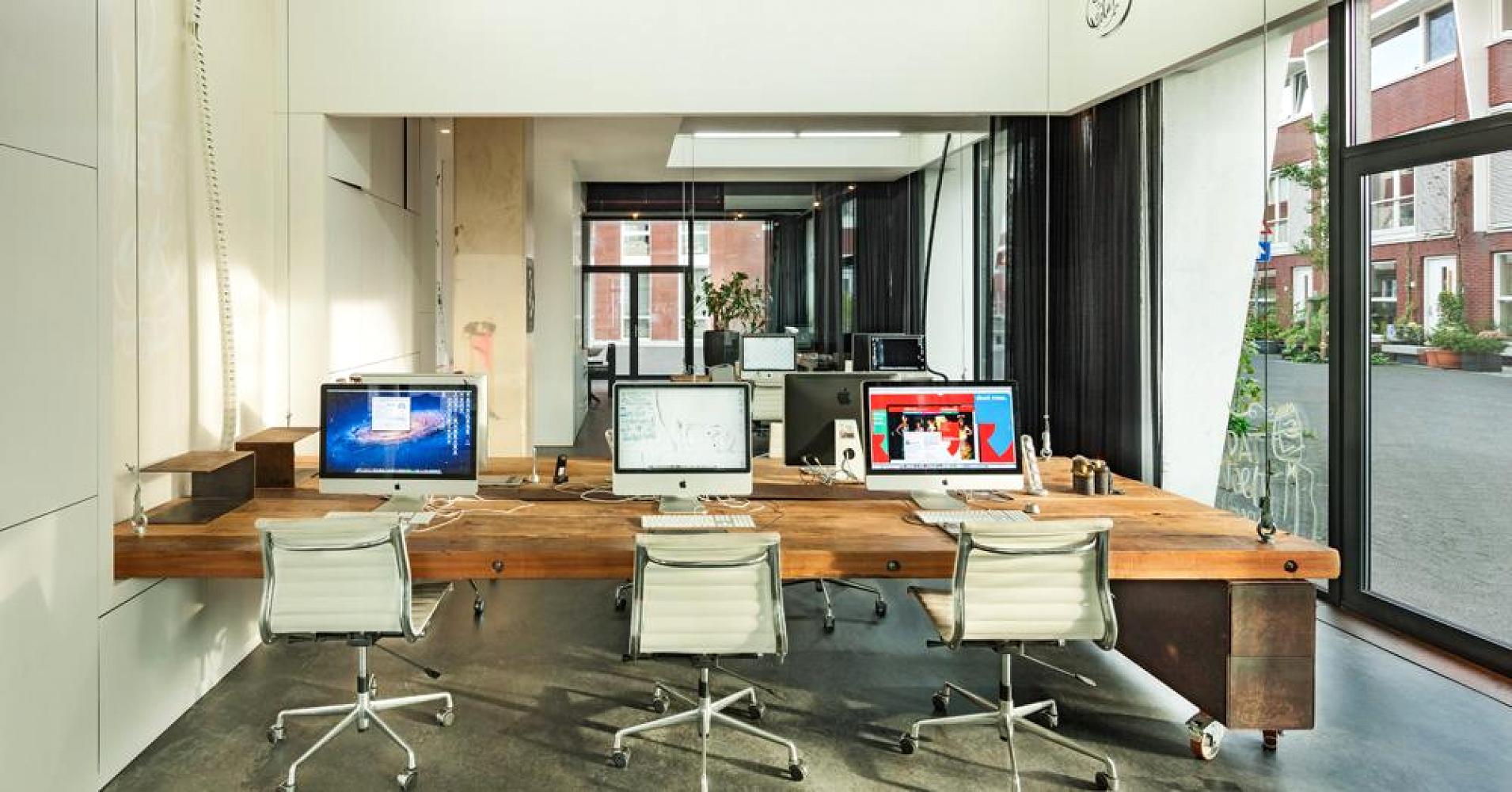
3. Rhythm: Establishing Movement and Unity
- Rhythm in interior design creates visual interest and movement by utilizing the repetition of colors, patterns, shapes, or textures throughout a space.
- By establishing a well-planned rhythm, designers can guide the eye through a room, contributing to a cohesive flow that enhances the overall aesthetic.
- Rhythm can be achieved through various design elements, including furniture placement, architectural features, and the overall spatial flow of the room.
- Incorporating rhythmic principles into interior designs adds balance and character, making a room captivating while ensuring harmony between different elements.
- Using repeated elements like colors or shapes allows designers to create a sense of continuity and connection, preventing a chaotic appearance in the interior space.
Quick Read: 16 Interior Design Rules Every Interior Designer Should Follow
Image Credit: amazingarchitecture.com
4. Emphasis: Focal Points that Capture Attention
- Emphasis in interior design is about creating a focal point that draws attention immediately upon entering the room.
- A focal point can be established through various elements, such as a unique piece of artwork, striking furniture, or an architectural feature like a fireplace.
- The principle of emphasis adds drama and intrigue to a space by forming a central point of attraction that commands attention.
- Emphasis can be achieved through intriguing decor and accessories, highlighting key features to enhance the overall aesthetic of a room.
- The strategic placement of focal points is crucial, as it determines their effectiveness in capturing interest and enhancing the visual flow of the space.
Related Read: How To Choose The Best Materials for Interior Design?
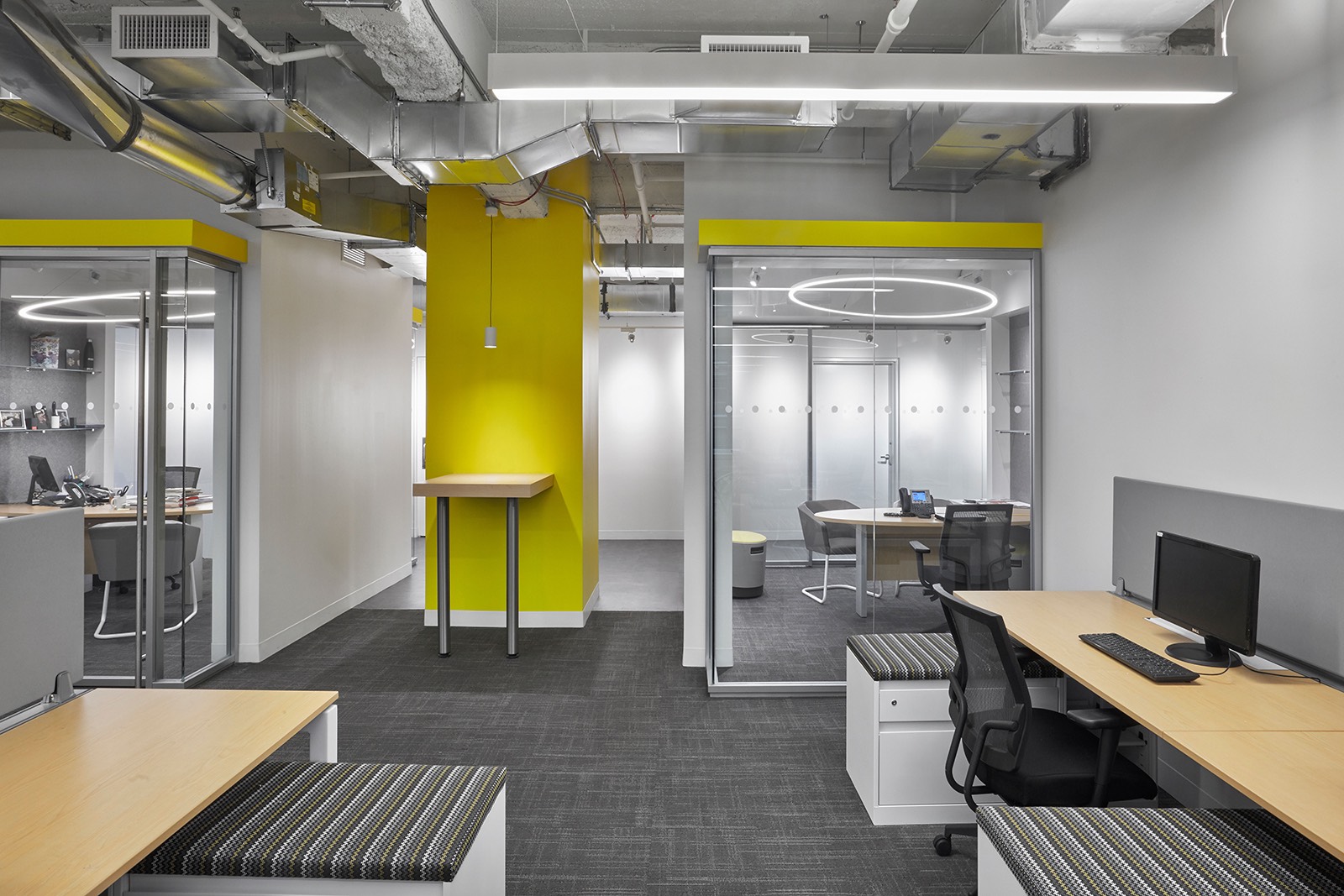
5. Contrast: Highlighting Differences for Impact
- Using contrast in interior design effectively emphasizes specific aspects of a space and creates strong focal points through the juxtaposition of different elements.
- Color combinations, such as dark tones next to lighter shades or complementary colors, are key methods for creating visual contrast within a room.
- Mixing varied textures, such as combining rough and smooth materials, enhances depth and adds visual interest through contrast.
- Effective use of contrast can prevent a room from feeling monotonous, ensuring that colors and patterns work together harmoniously without overwhelming the space.
- A balanced approach to contrast is crucial, as excessive contrast can lead to a chaotic atmosphere, while well-executed contrast provides excitement and dynamism.
6. Scale and Proportion: Ensuring Visual Harmony
- Proportion refers to the relationship between different elements in a room, ensuring that they relate harmoniously to create balance.
- Scale involves choosing appropriately sized furniture and decor for the space, helping to prevent overcrowding or emptiness in a room.
- Properly addressing proportion and scale contributes to a balanced look, allowing each element in a room to feel like it belongs.
- The scale and proportion of objects should consider the size of the space, including factors like the height of ceilings to match furniture and decorations accordingly.
- Experimenting with different heights and dimensions in objects, such as art pieces and plants, can create visual interest and contribute to a stimulating environment.
Image Credit: foyr.com
7. Details: The Finishing Touches that Matter
- The finishing touches in a room showcase personal style and can significantly transform the space, making it visually interesting and unique.
- Small details, such as the patterns on sofa cushions or the design of kitchen and bathroom accessories, leave a larger impact on the overall look of a room than might be expected.
- The integration of color, texture, patterns, and design in details helps create a cohesive environment.
- Attention to detail plays a crucial role in enhancing interior design, whether through elements like embroidery on cushions or the choice of cabinetry handles.
- Uniting various design elements, such as textures and color schemes, contributes to a naturally attention-grabbing effect in interior spaces.
Also, Read: The Complete Guide To Layering in Interior Design
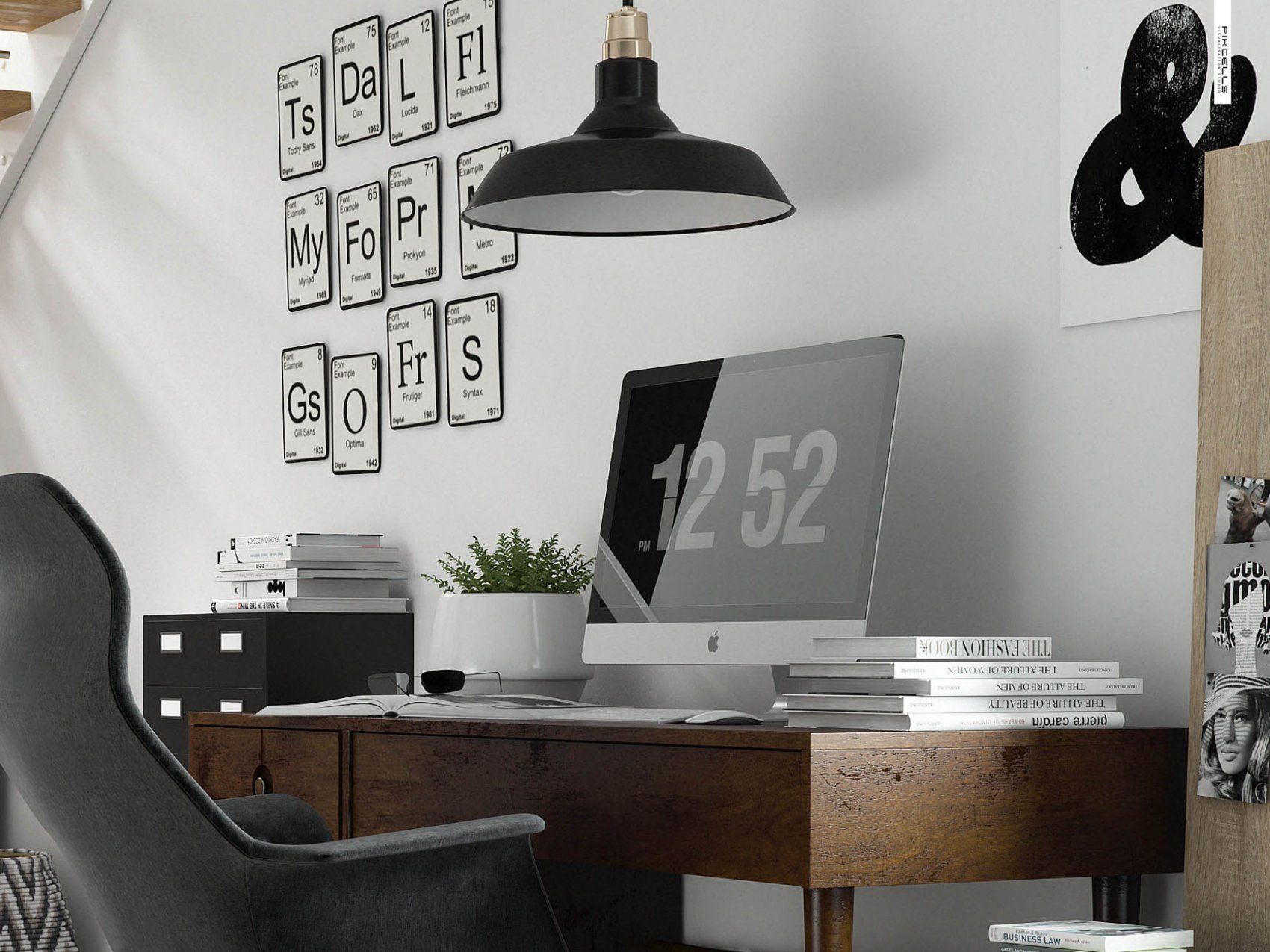
Download – Interior Design Playbook
Practical Tips for Applying Elements and Principles
- Understanding and manipulating space is fundamental to interior design, as it impacts both functionality and aesthetic appeal within a room.
- The principles of interior design, such as balance and contrast, guide designers in creating harmonious and visually appealing spaces that reflect the clients personality and lifestyle.
- Utilizing various elements—including shape, texture, size, and color—helps to achieve balance and cohesion within a space.
- These design principles support the creation of environments that are not only beautiful but also practical and livable, enhancing the overall satisfaction of the occupants.
- By applying the core principles, designers can create a cohesive flow in living spaces that improves the functionality and enhances the aesthetics of the design.
Conclusion: Mastering Interior Design Fundamentals
Having the right business tools will make each stage of the interior design process simpler and more efficient. Foyr Neo is a powerful interior design platform built with the struggles of interior design in mind. Take design ideas from pre-existing concepts to a photo-realistic rendering in just minutes with a suite of advanced tools, including:
- The option to select from thousands of pre-loaded objects such as furniture, plants, accessories, and more. You can also upload your own 3D models of floor plans, home design, etc. to produce the precise dimensions that you are working with for the clients.
- On-demand production of 4K photo-realistic renderings. Foyr Neo enables you to work on a cloud-based platform where you can use advanced aspects of photorealism to enhance your design projects such that it appeals to the visual interests of your client.
- Advanced lighting and furnishing tools to pinpoint the design expectations of your clients, so they know exactly what to expect. it also provides an opportunity for a transparent back-and-forth between you and the client to discuss minute changes or share specific design ideas.
- The capability to do real-time 3D editing. With Foyr Neo you will be able to make changes directly to the 3D models to satisfy the client’s desire for changes. It also ensures that you save time on the design project without having to redo everything from scratch.
By combining the functionality of multiple tools in one platform we empower interior decorators to spend less time with software and more time with their clients. You can try Foyr Neo free for 14-days now and experience the power of limitless space planning and designing.






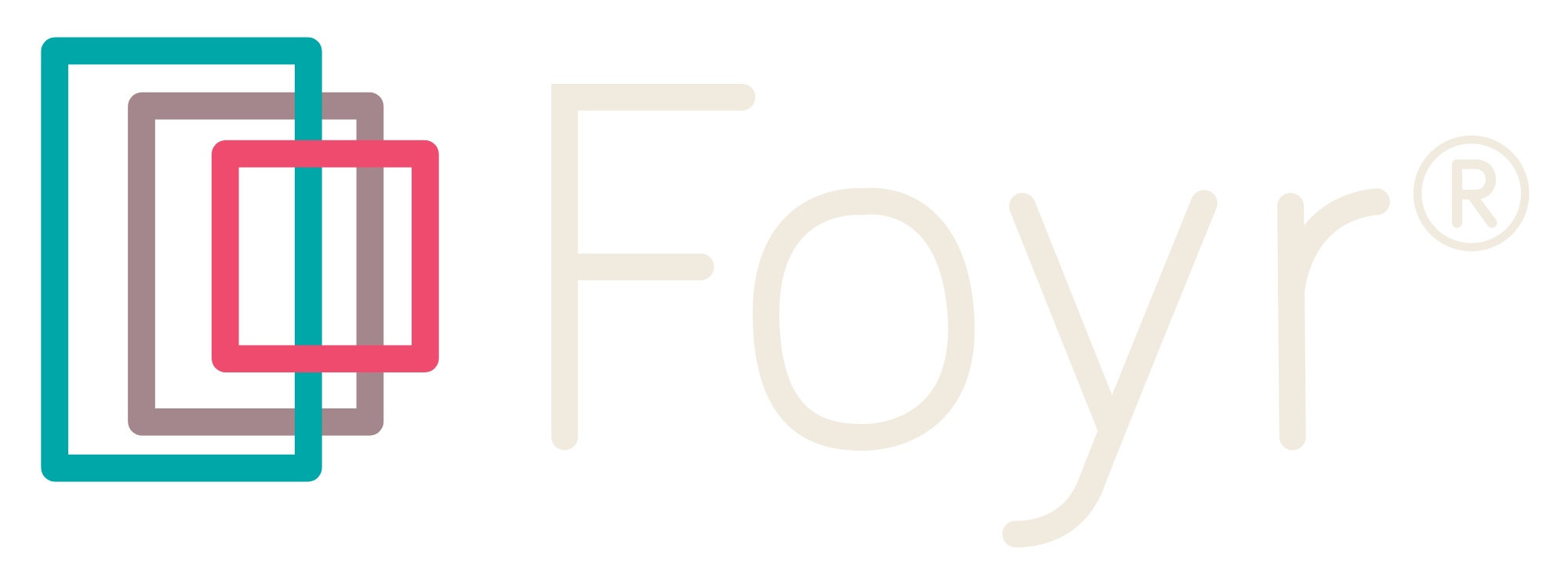
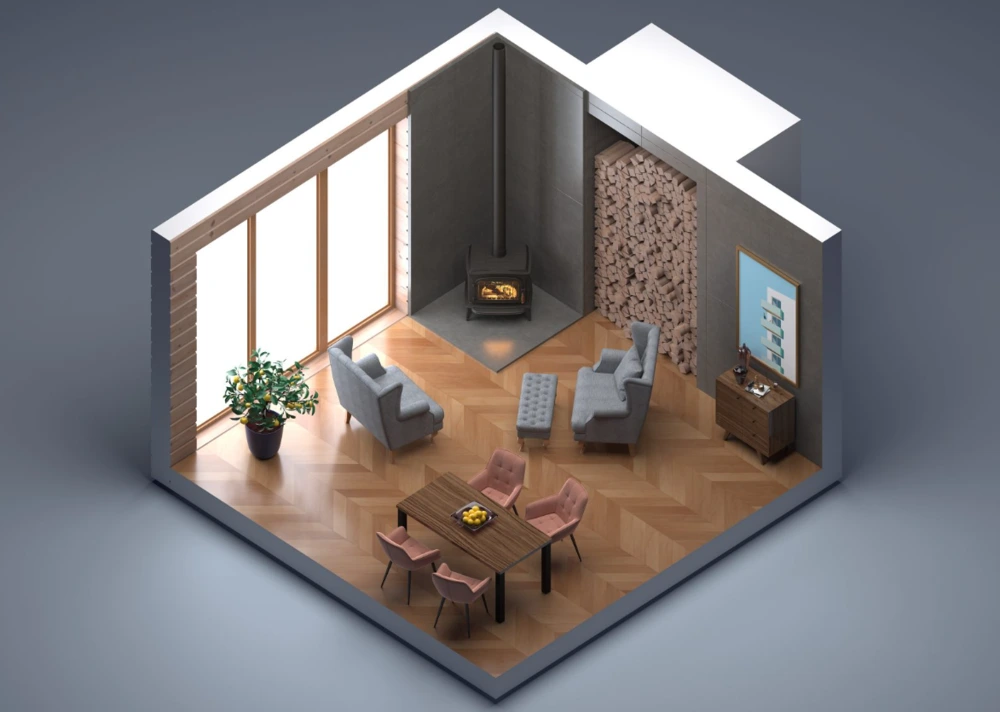
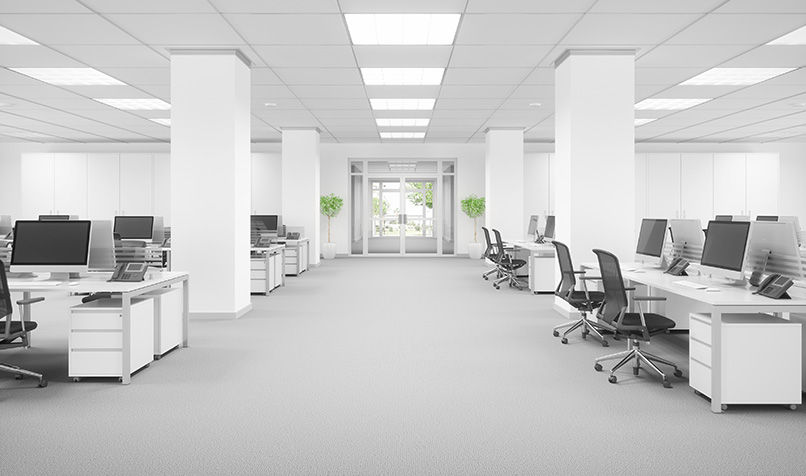
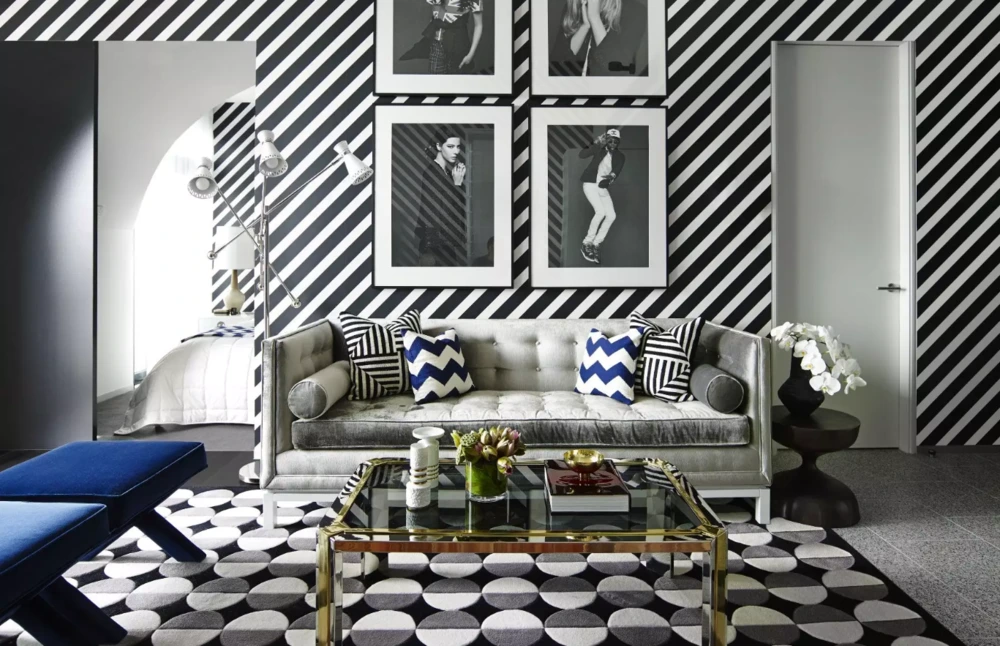
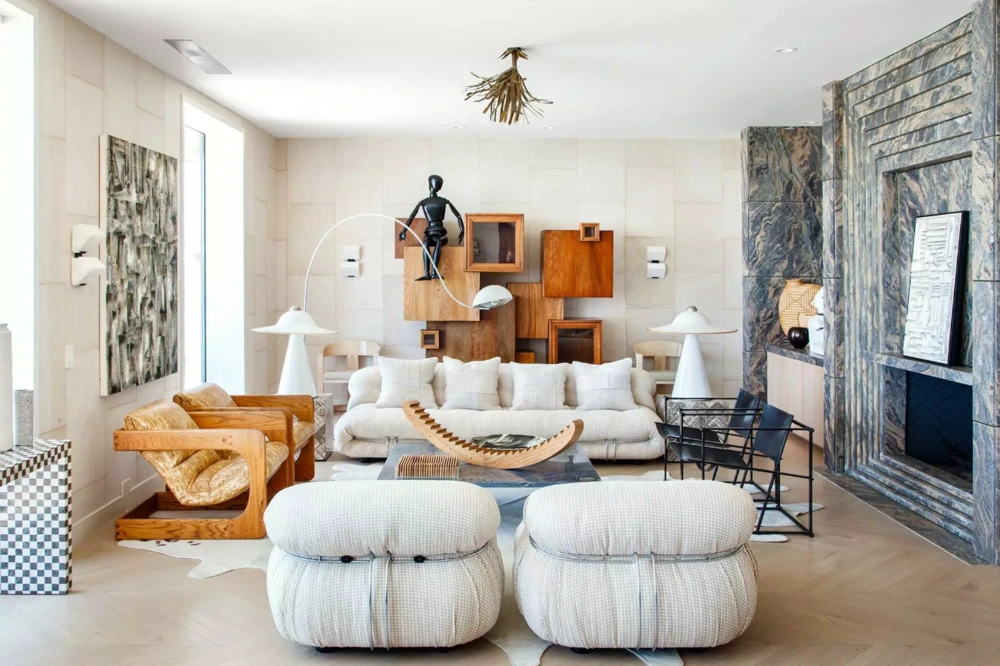
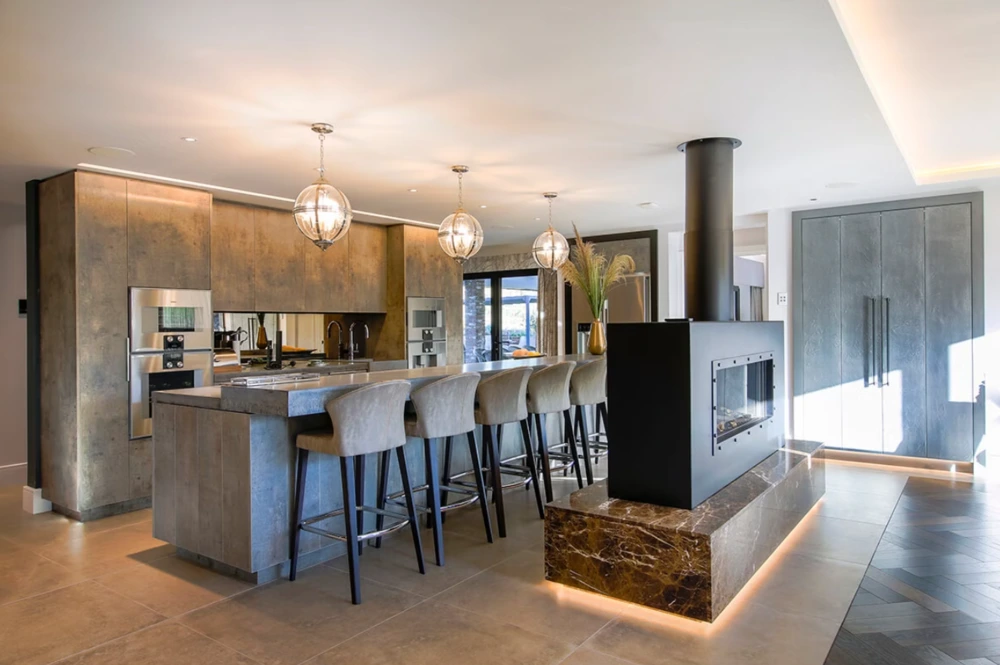
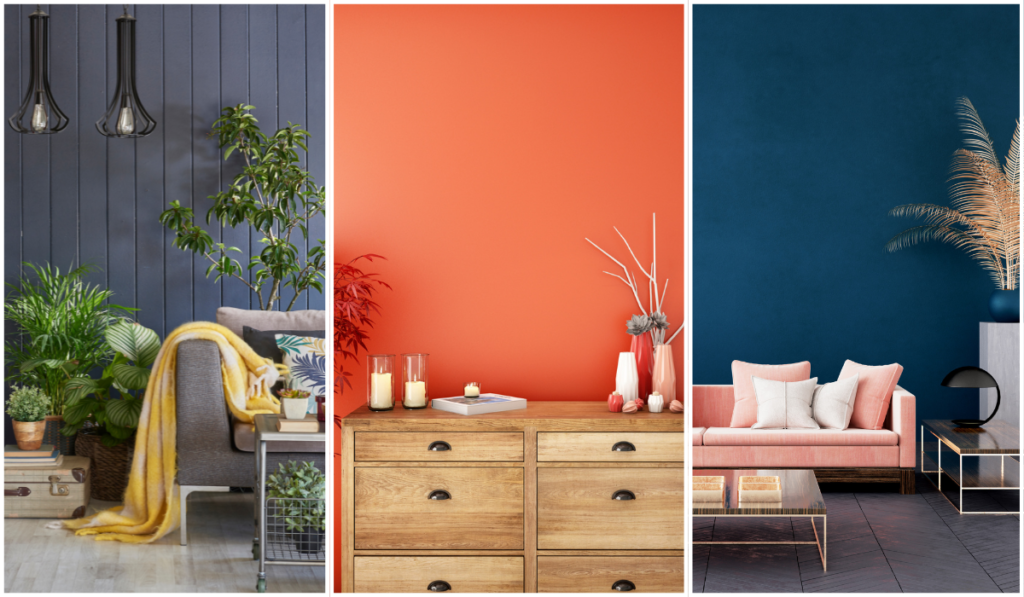
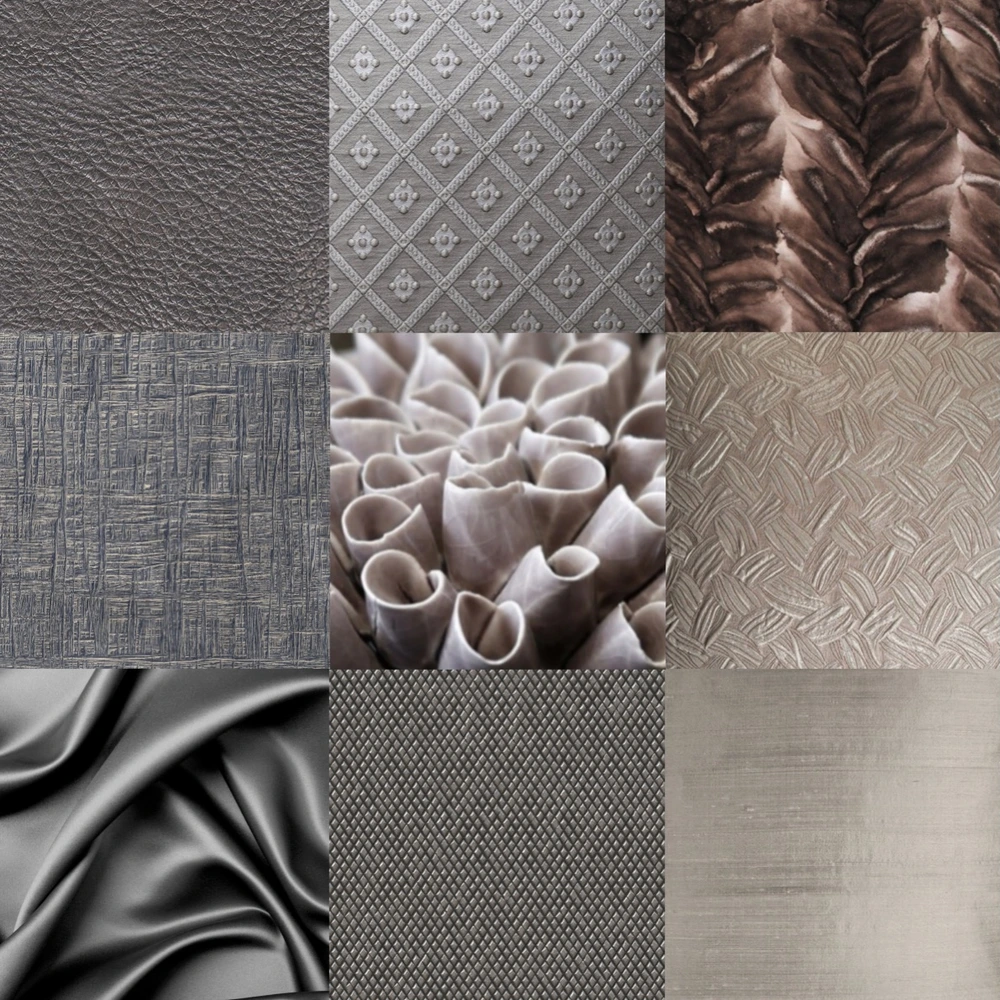
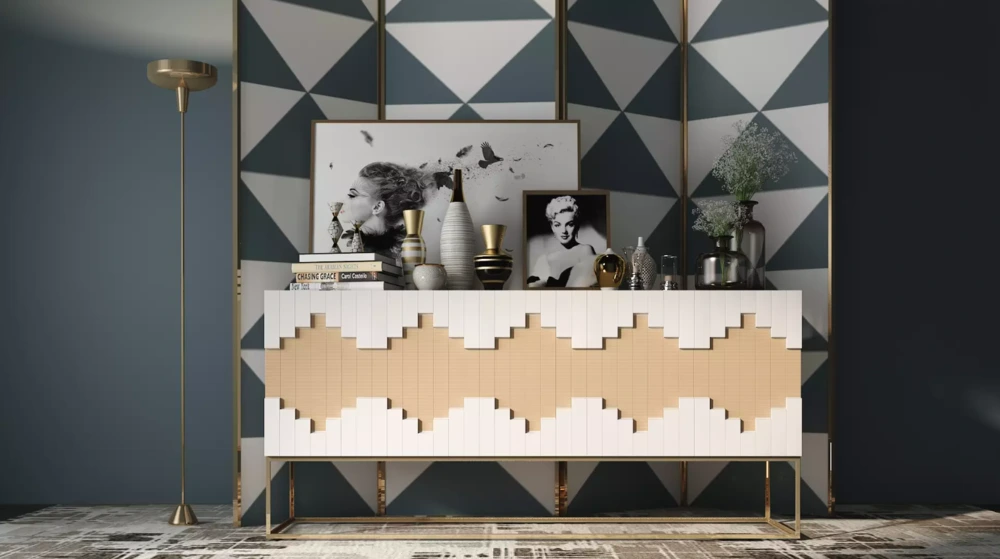
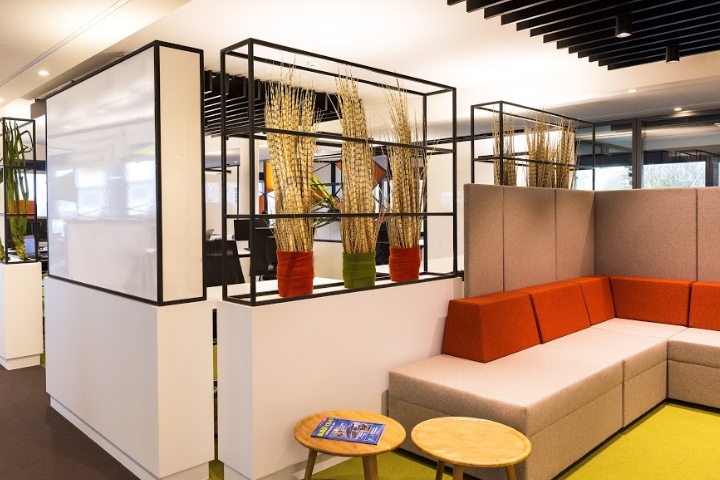
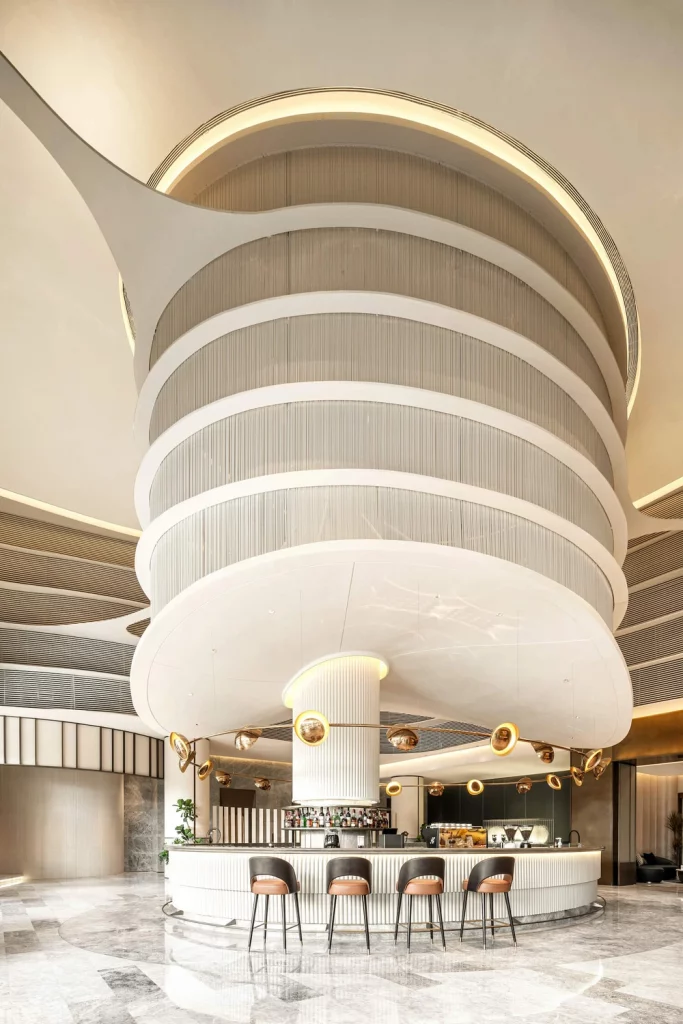
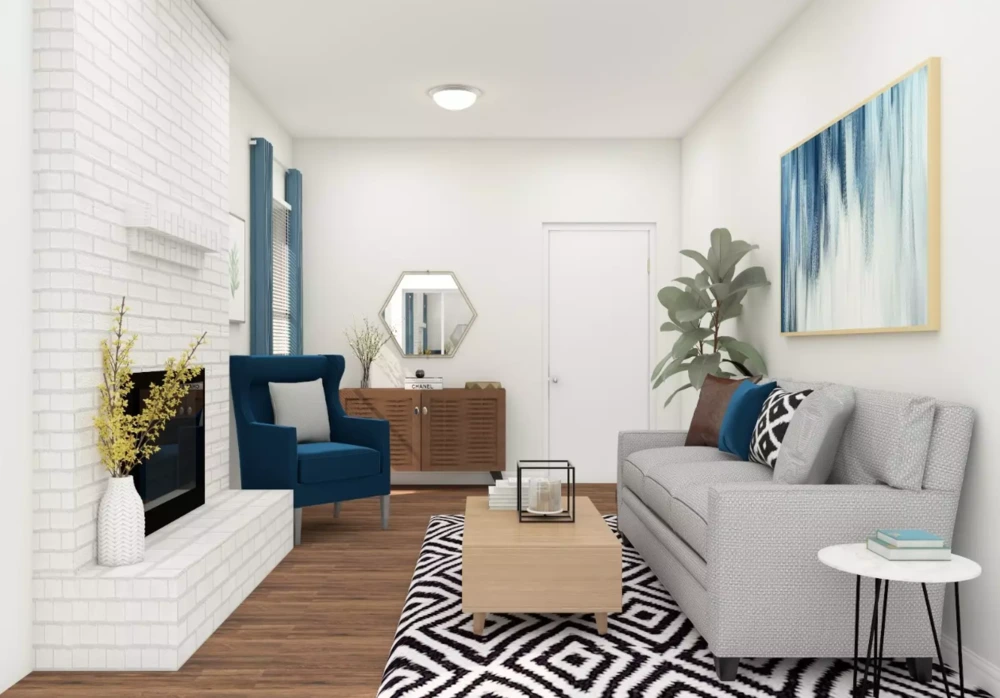

Leave A Reply